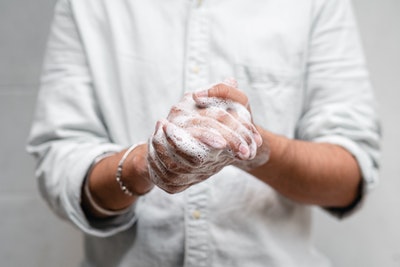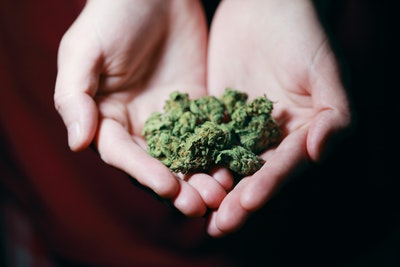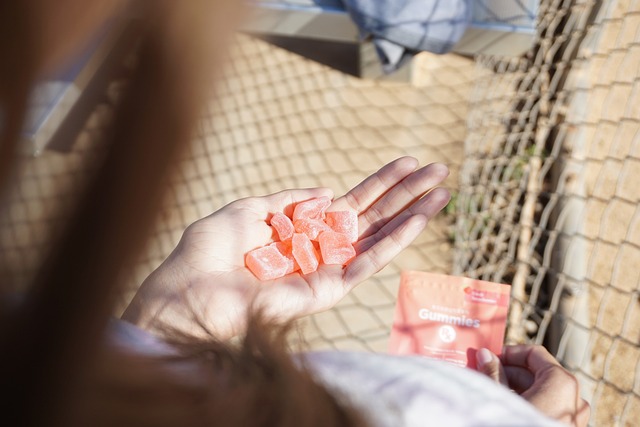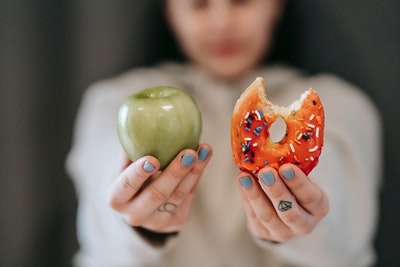How Soap Molecules Cause Protein Unfolding

Protein folding takes place when a chain of amino acids reconfigures itself as a viable structure.
Interestingly, manipulating these protein structures (“unfolding” and “refolding”) is a consideration when developing common household items like soaps, detergents, and cosmetics.
Surfactant-Mediated Unfolding, or Washing Up
When soap molecules and proteins interact, and the result is a change to the protein’s structure. The scientific term for the interaction is “surfactant-mediated unfolding” (or surfactant-mediated refolding, depending on how exactly the protein’s structure is being changed).
Researchers at Aarhus University discovered that these surfactant-mediated (i.e., soap-induced) changes can be extremely complex processes, with each structural change sometimes occurring in multiple stages of protein folding and sub-folding.
Furthermore, the range of these changes is also very diverse, with some of the observed restructuring taking place over several minutes, while in other instances, multiple stages of unfolding and refolding occur in the span of less than a millisecond.
What Is the Significance of Soap Molecules Causing Protein Unfolding?
The interactions between soap molecules (or “surfactants”) and proteins have long been of interest to producers of cosmetics and detergents.
However, in the past, these interactions were not well understood on a scientific level. It’s a complex sub-field of science because each type of surfactant and each type of protein might interact in completely different ways. For example:
- Sodium dodecyl sulfate (SDS) – unfolds globular proteins
- Octaethylene glycol monododecyl ether (non-ionic surfactant) – encourages proteins to refold/restructure
A study funded by the Independent Research Fund Denmark found that for a detergent to work most efficiently, it should utilize surfactants that do not alter protein or enzyme structure.
This is because a breakdown in enzymes reduces the soap’s ability to loosen dirt and stains. For this reason, many soaps contain surfactants that are gentle enough to enclose a protein-rich cell membrane without altering its structure.
How Do Proteins Unfold and Refold in Soap?
The protein unfolding that was observed while running tests with SDS was extremely uniform. All of the observed molecules followed the exact same unfolding path.
The SDS particle would “attack” a protein molecule, causing the protein to slowly unfold to create a sort of shell over the intruding SDS.
Applying a second surfactant, Octaethylene glycol monododecyl ether, would then result in a refolding process whereby the second surfactant expelled the first.
This refolding did not occur along with uniform or predictable paths the way the SDS unfolding did, illustrating an additional difference in how the different surfactants interact with proteins
. It’s easy to see how a detergent product using a combination of multiple surfactants could then have extremely complex interactions with proteins.
Through meticulous and exhaustive observation and carefully plotting the time and folding stages of various soap-protein interactions, the researchers gained a much deeper understanding of surfactant-mediated refolding and unfolding than had been previously known.
Advanced technologies used to visualize and interpret these interactions included tryptophan fluorescence and x-ray scattering. Despite all this, the exact methods and reasons for the interaction between surfactants and proteins are still not completely understood.
Research in this fascinating field is ongoing, and it’s expected that a better understanding of detergents and how they kick off changes in protein structure will one day lead to significant advancements in cosmetics, hygiene products, and medical treatment.






